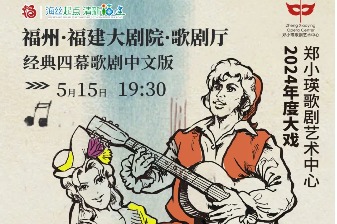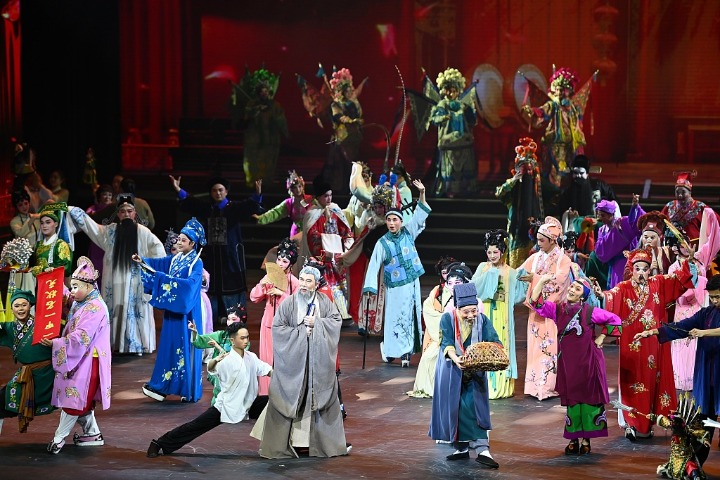Gesar epic tradition



The ethnic Tibetan, Mongolian and Tu communities in western and northern China share the story of the ancient hero King Gesar, sent to heaven to vanquish monsters, depose the powerful, and aid the weak while unifying disparate tribes. The singers and storytellers who preserve the Gesar epic tradition perform episodes of the vast oral narrative (known as "beads on a string") in alternating passages of prose and verse with numerous regional differences. Tibetan masters carry bronze mirrors and use facial expressions, sound effects and gestures to enhance their singing, while Mongolian performers are accompanied by fiddles and intersperse improvised, melodic singing with musical storytelling and oral narrative. Epic performances, often accompanied by rituals such as offerings and meditation, are embedded in the religious and daily lives of the community. For example, when a child is born, passages about King Gesar’s descent into the world are sung. The hundreds of myths, folktales, ballads and proverbs handed down as part of the tradition not only serve as a form of major entertainment in rural communities but also educate listeners in history, religion, custom, morality and science. A continuing inspiration for thangka painting, Tibetan opera and other art forms, the Gesar epic imbues audiences both young and old with a sense of cultural identity and historical continuity.
(Quoted from the entry of UNESCO Intangible Heritage List)




